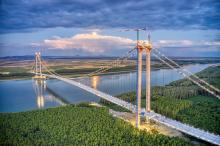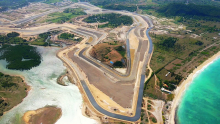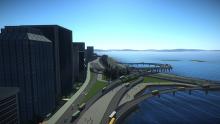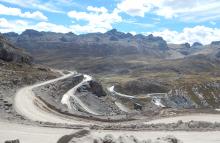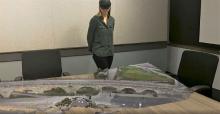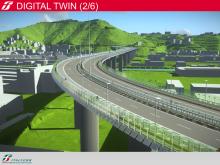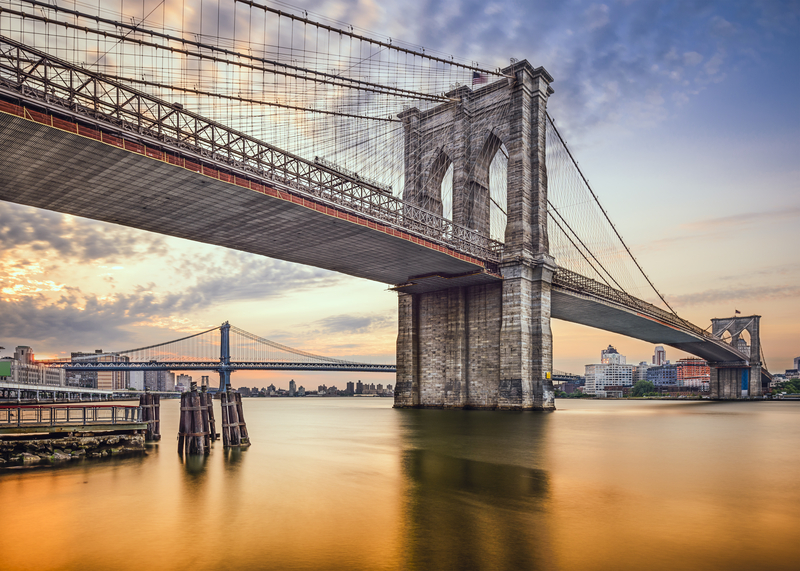
Cities are defined by a variety of factors. People, culture and architecture all play a role in making one location recognisable to people around the world. Engineering monuments have a significant part in representing a city, acting as symbols of history, growth and industry – the sum of efforts by inhabitants over centuries of toil and innovation.
This idea extends to bridges where they become definitive of a city. They are also more than monuments. They play active and important roles in the daily lives of people and have done so down the ages. Generations of families use them for transport and recreation. They can be politically sensitive in times of peace. In times of war they can be militarily strategic but also offer thousands of people a life-saving path to freedom. In this sense, cities rely on their bridges for identity in architecture, work and life in general.
Brooklyn Bridge
On the eastern US seaboard, this cable-stayed suspension bridge is a true monument of “the city that never sleeps”. Spanning the East River, the hybrid cable-stayed and suspension Brooklyn Bridge connects Manhattan Island and the city of Brooklyn on Long Island. The bridge was designated a National Historic Landmark, a New York City Landmark and a National Historic Civil Engineering Landmark – testaments to its central role in urban life.
The Brooklyn Bridge opened in 1883, is 1,833m long and has a main span of 486.3m. The imposing structure has become a symbol for greater New York City. Its gothic revival arches have long been used as a backdrop for countless major films and well-known international television series. Meanwhile, its grand design has inspired a variety of art and literature. It represents ease of access to the city where immigrants, residents and corporations have shaped NYC into more than just a global metropolis but a landmark of freedom itself.
Sydney Harbour Bridge
As a key monument of Sydney Harbour, the eponymous bridge is a recognisable symbol of the Australian city – so often rated as one of the most liveable urban environments on the planet, including for ease of transportation. People often start their New Year’s celebrations with enormous firework displays along the waterfront including on the bridge.
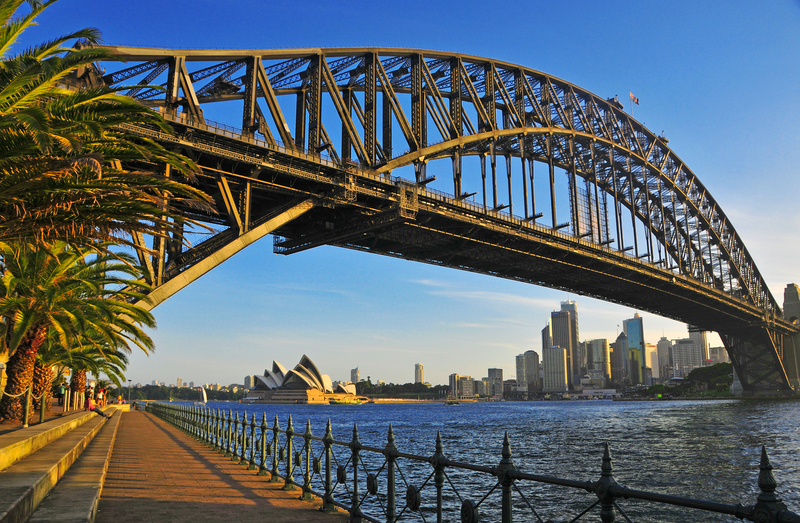
It carries rail, vehicles and pedestrians between Sydney’s business district and the North Shore, handling the equivalent of 50 million vehicles each year. The structure was designed and built by Cleveland Bridge and Dorman Long – which later became part of Cleveland Bridge - and opened in 1932. It remained Sydney’s tallest structure until 1967 and is currently both the world’s widest long-span bridge as well as the tallest steel arch bridge, with a height of 134m from top to water level.
Of note, Sydney Harbour Bridge is the fifth-longest spanning arch bridge in the world, stretching 1,149m across the harbour. The Australian Heritage commission recently declared it a historic monument. Along with the iconic Sydney Opera House, the bridge has become a symbol of the city itself, not to mention one of the world’s photographed crossings.
Clifton Suspension Bridge
If you’ve ever had a postcard from Bristol, England, then you’re likely to be familiar with the Clifton Suspension Bridge. The bridge spans 412m between two 26m-high towers and stands 76m above the River Avon. Since opening in 1864, it has been a toll bridge with the income going towards its maintenance. The structure was used for the first modern bungee jump in 1979 and was used as a handover location for the Olympic torch relay in 2012.
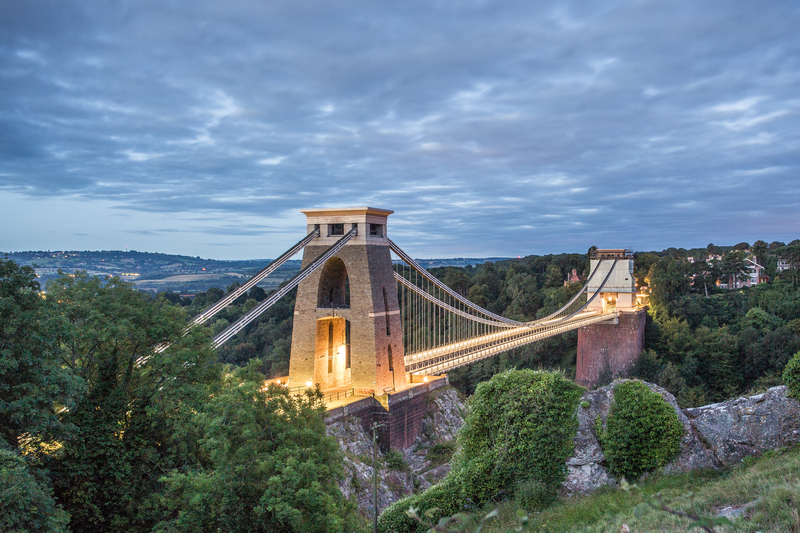
Apart from being a cultural symbol for the city, it represents the UK’s industrial revolution during the nineteenth century. It is based on a design by Isambard Kingdom Brunel, considered one of the most prolific designers in British engineering history. Brunel reportedly called it “my first child, my darling”. The bridge now has grade-1 listed status. It may not be demolished, extended or altered without special permission from the local planning authority which typically consults relevant central government agencies. What you see is what you will likely see for yet another 137 years.
Tyne Bridge
Seven famous bridges link the northern English city of Newcastle-upon-Tyne and its main cross-river community of Gateshead. But the most iconic bridge over the River is the through-arch Tyne Bridge itself. It was built by was built by Dorman Long, based in nearby Middlesbrough and opened in 1928. The 389m-long structure has features similar to Sydney Harbour Bridge, including its large steel arch and pairing towers. It’s longest span is nearly 162m.
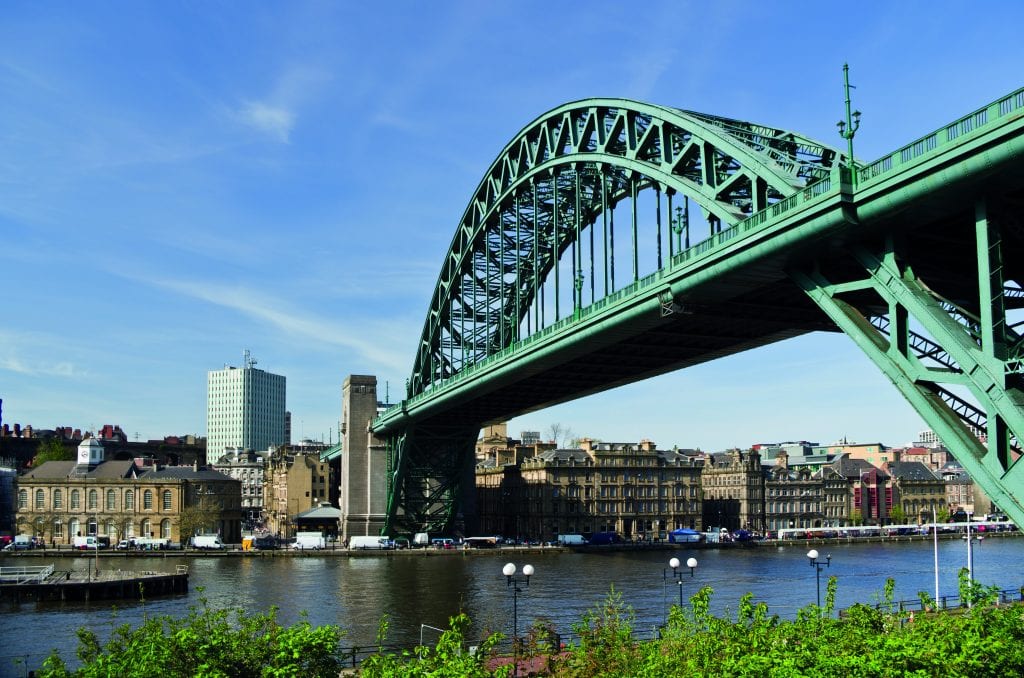
Innovation was key to its construction, with many construction techniques first used during construction. It has long been a symbol of the city’s proud industrial history and is a focal point for many celebrations in the region. Participants in the world’s largest half marathon, The Great North Run, cross the structure. Not to be outdone by London which had the 2012 Olympic Games, the Tyne Bridge was decked out with huge Olympic rings to celebrate the event that was being held further south.
Golden Gate Bridge
Carrying around 112,000 vehicles every day, the Golden Gate Bridge represents the fast-paced and exciting lifestyle of San Francisco in the US state of California. The bridge is not only recognisable for its bold red colour but also for its demanding suspension bridge design that includes a truss arch and truss causeways. When it opened in 1937, it was both the longest and tallest suspension bridge in the world, spanning 2,737m with a height of 227m. The American Society of Civil Engineers has noted it as one of the Wonders of the Modern World, ranking alongside the Empire State Building in New York City the Channel Tunnel linking England and France.
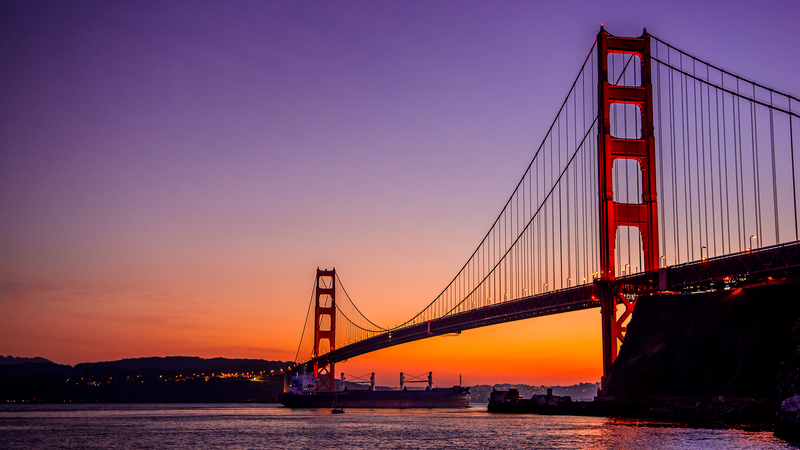
The preservation of existing structures combined with the construction of new bridges around the world will continue to characterise the landscape of our cities. Innovative designs and new engineering approaches will help shape the culture and recognisability of cities, defining the history of these locations for generations to come.
Selected sources:
New York City Department of Transportation – Brooklyn Bridge
https://www1.nyc.gov/html/dot/html/infrastructure/brooklyn-bridge.shtml
Cleveland Bridge, case study – Sydney Harbour Bridge
https://www.clevelandbridge.com/projects/case-studies/sydney-harbour-bridge/
Clifton Suspension Bridge Trust
https://cliftonbridge.org.uk/history/
Cleveland Bridge, case study – Tyne Bridge
https://www.clevelandbridge.com/projects/case-studies/tyne-bridge/
Encyclopaedia Britannica – Golden Gate Bridge
https://www.britannica.com/topic/Golden-Gate-Bridge
*Carlos Arias was born in Colombia and is based in the UK. He holds a Bachelor of Science in Civil Engineering from Pontificia Universidad Javeriana in Bogota, Colombia, a Postgraduate Diploma in Project Management from the Univsersidad Del Norte, in Barranquilla, Colombia and a Masters Degree in International Construction from Bath University, UK. Arias worked at VINCI Construction in the UK before joining Cleveland Bridge in 2020.
Cleveland Bridge was founded in 1877 and is based in Darlington, UK. The company is a world-leading steel fabricator and constructor of bridges and complex structures, offering a full turnkey service from design through to installation, including bridge refurbishment and rehabilitation. Cleveland Bridge has erected some of world’s most iconic structures, from the Victoria Falls Bridge in Zimbabwe, and the Wembley Stadium Arch in London, the Sydney Harbour Bridge and The Shard tower in London. As part of the Al Rushaid Group, Cleveland Bridge produces high-quality structural steel components at advanced manufacturing centres in the UK, Dubai and Saudi Arabia.
For more information, visit the Cleveland Bridge website.
www.clevelandbridge.com

